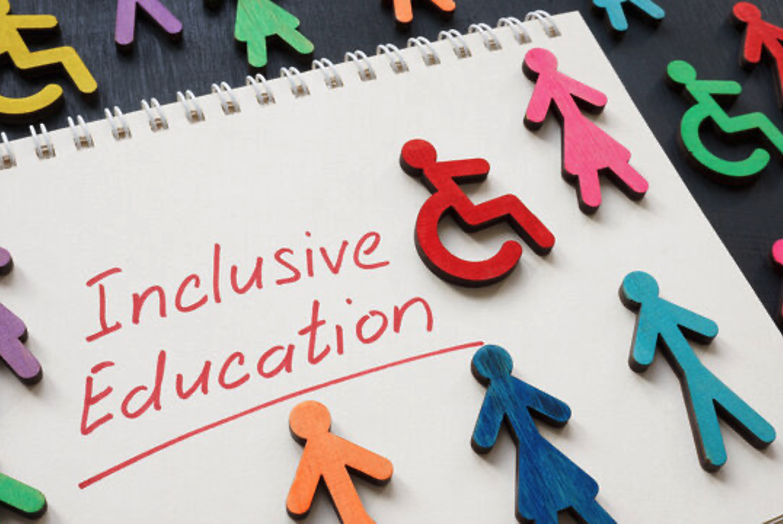The Benefits of Virtual Teaching for Special Needs Students in the School System

How Do I Teach Writing Skills To My Child With Special Needs?

Empowering Adult Learners with Special Needs: Building Life Skills for Independence
The Benefits of Virtual Teaching for Special Needs Students in the School System
In recent years, virtual teaching has gained significant prominence in the public and/or private school system, offering a unique set of advantages for students of all abilities. Special needs students, in particular, can benefit immensely from virtual education environments.
- Virtual instruction can offer a Personalized Learning Environment:
Virtual teaching allows for a more personalized learning experience tailored to each student’s unique needs. Special needs students often require individualized attention, and a virtual classroom can offer this through customizable lesson plans, specialized resources, and adaptive technology. Teachers can adapt their teaching methods to suit the specific learning styles and pace of their students, fostering a more inclusive and accommodating learning environment.
- Virtual instruction can offer Flexibility and Accessibility:
Virtual education eliminates many physical barriers that can hinder special needs students’ access to education. Students with mobility impairments, for example, can participate fully in virtual classrooms without the challenges of navigating physical spaces. Furthermore, virtual teaching provides the flexibility to access lessons and materials at any time, accommodating students who may have medical appointments or therapies during school hours.
- Virtual instruction can offer a Reduced Sensory Overload:
Many special needs students are sensitive to sensory stimuli, which can make traditional classrooms overwhelming. Virtual teaching environments allow for controlled sensory input, creating a calmer and more manageable setting. Students can adjust the lighting, noise levels, and other environmental factors to suit their individual needs, enhancing their ability to focus and engage in the learning process.
- Virtual instruction can offer Individualized Support:
Virtual teaching enables one-on-one interactions between special needs students and their special needs teacher. This personalized attention can help address specific learning challenges and provide immediate feedback and assistance. Additionally, virtual platforms often offer integrated communication tools, facilitating regular communication between teachers, parents, and therapists to ensure a holistic support system for the student.
- Virtual instruction can offer Diverse Learning Resources:
Online platforms offer a vast array of multimedia resources and assistive technologies that can cater to different learning styles and preferences. Special needs students can access text-to-speech software, captioned videos, interactive simulations, and other tools that make learning more engaging and comprehensible. These resources empower students to explore various ways of acquiring knowledge and skills.
- Virtual instruction can offer Enhanced Social Skills Development:
Virtual teaching can promote social interaction among special needs students in controlled and structured settings. Through online discussions, group projects, and collaborative activities, students can develop social skills and build relationships with their peers while maintaining a comfortable and less intimidating learning environment.
Teaching virtually in schools offers numerous benefits for special needs students by providing personalized learning experiences, accessibility, reduced sensory overload, individualized support, diverse learning resources, and opportunities for social skills development. As technology continues to advance, virtual education holds great promise in promoting inclusivity and ensuring that all students, regardless of their abilities, have access to quality education tailored to their unique needs.
Related posts






